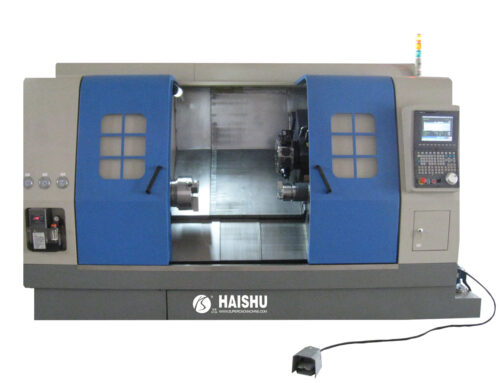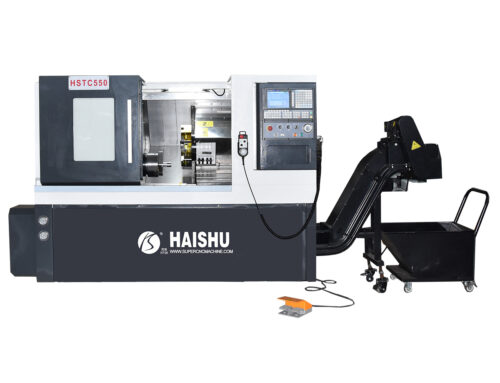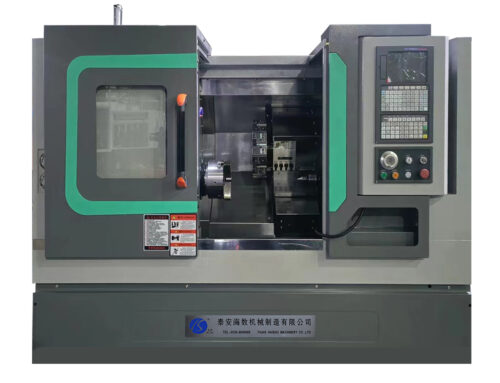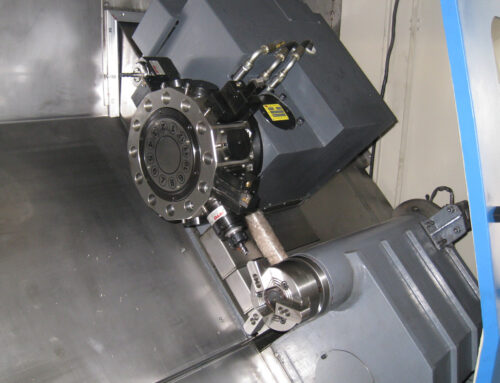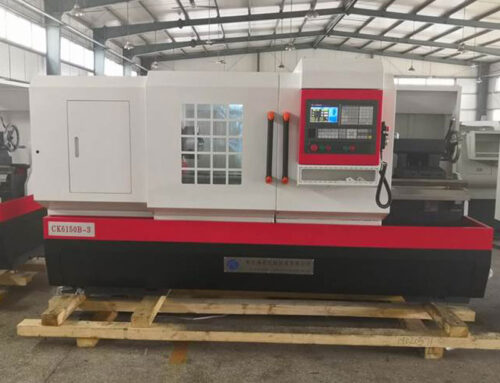In modern manufacturing industry, as an advanced automated machining equipment, the turning center has become the preferred choice for many manufacturing companies due to its high precision and efficiency. However, selecting the right CNC turning center from numerous options is not an easy task. This article will explore how to choose a suitable CNC machining center from multiple perspectives, including performance parameters, reliability, technical support, cost-effectiveness, and other factors, to help make informed decisions.
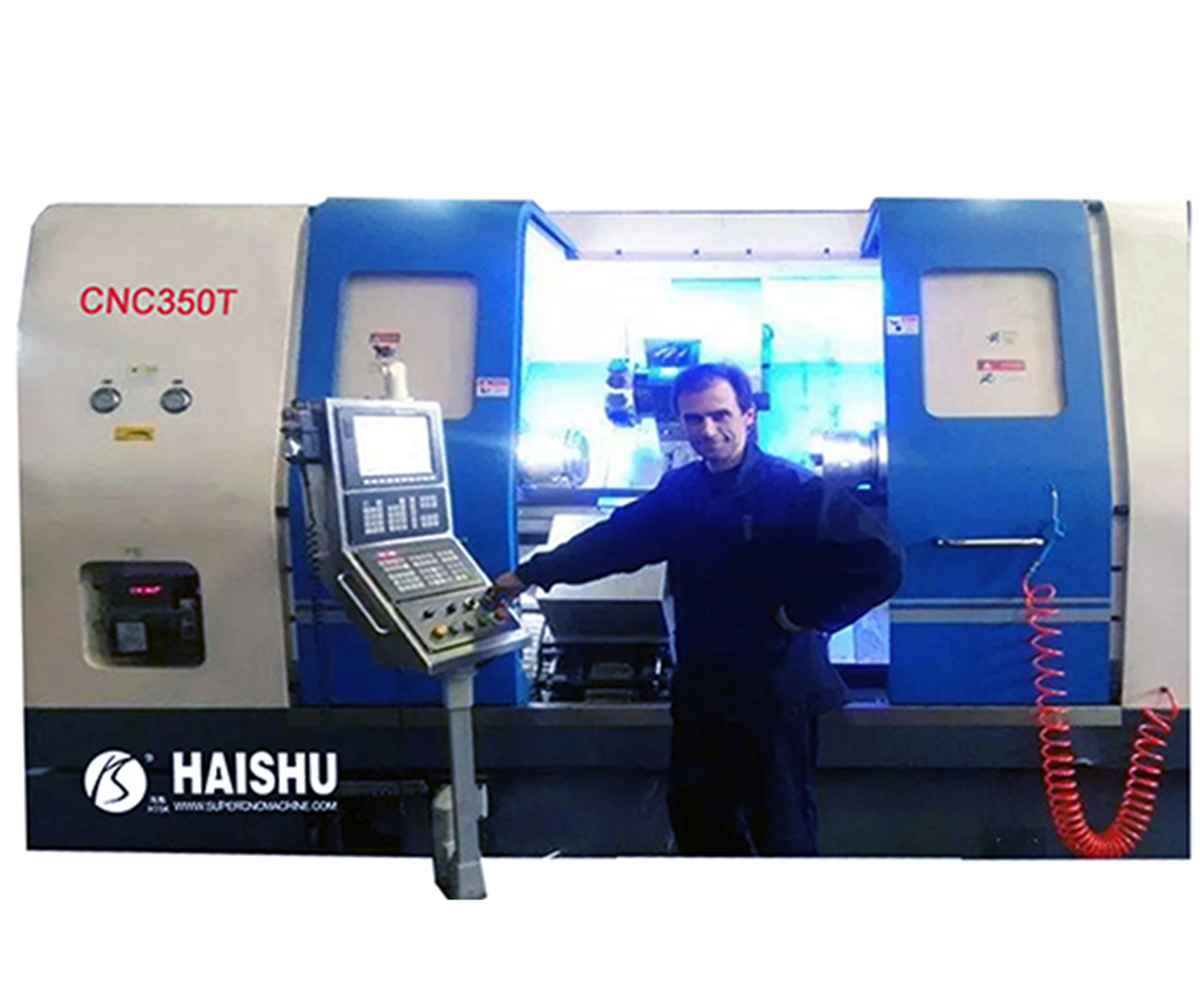
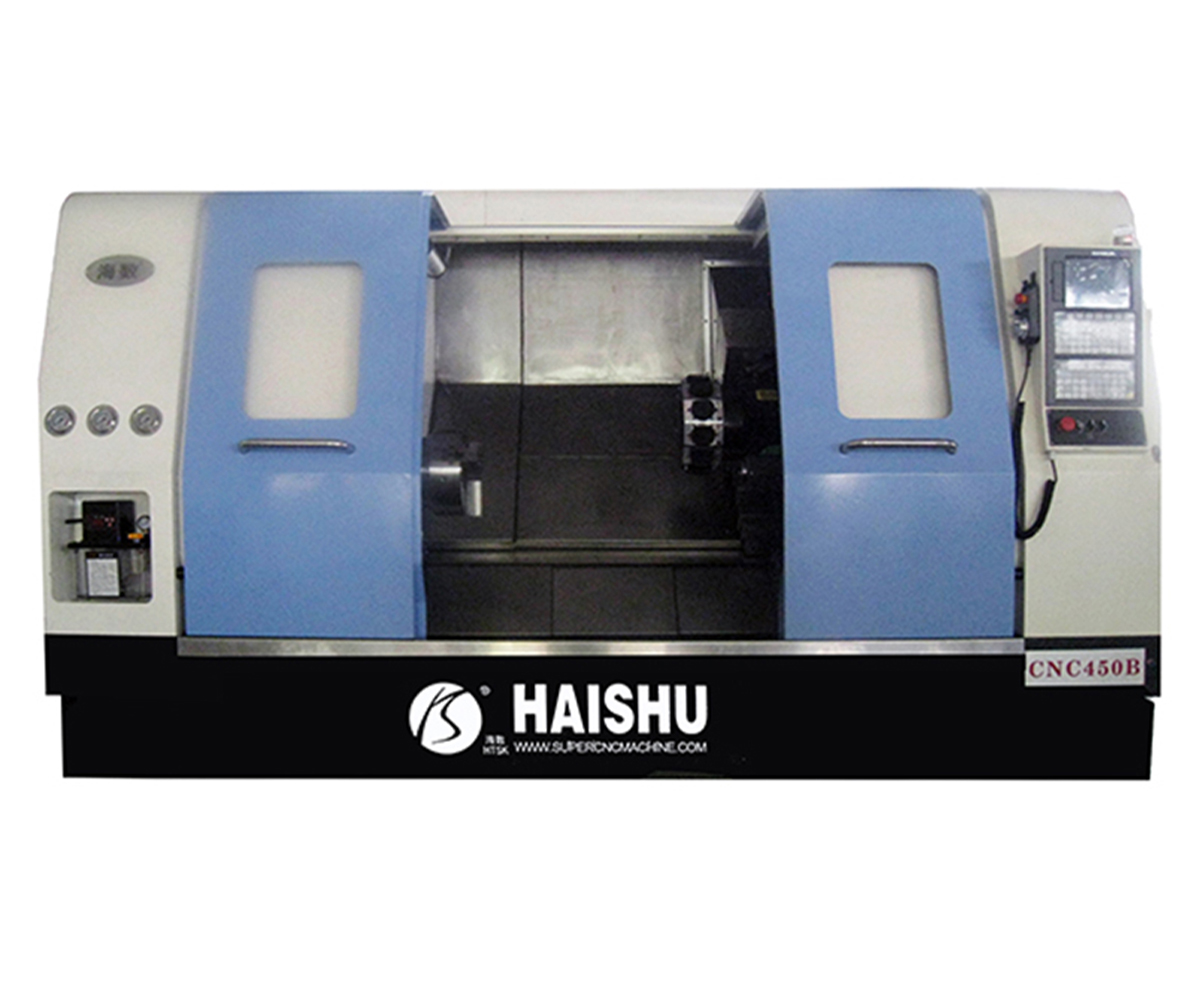
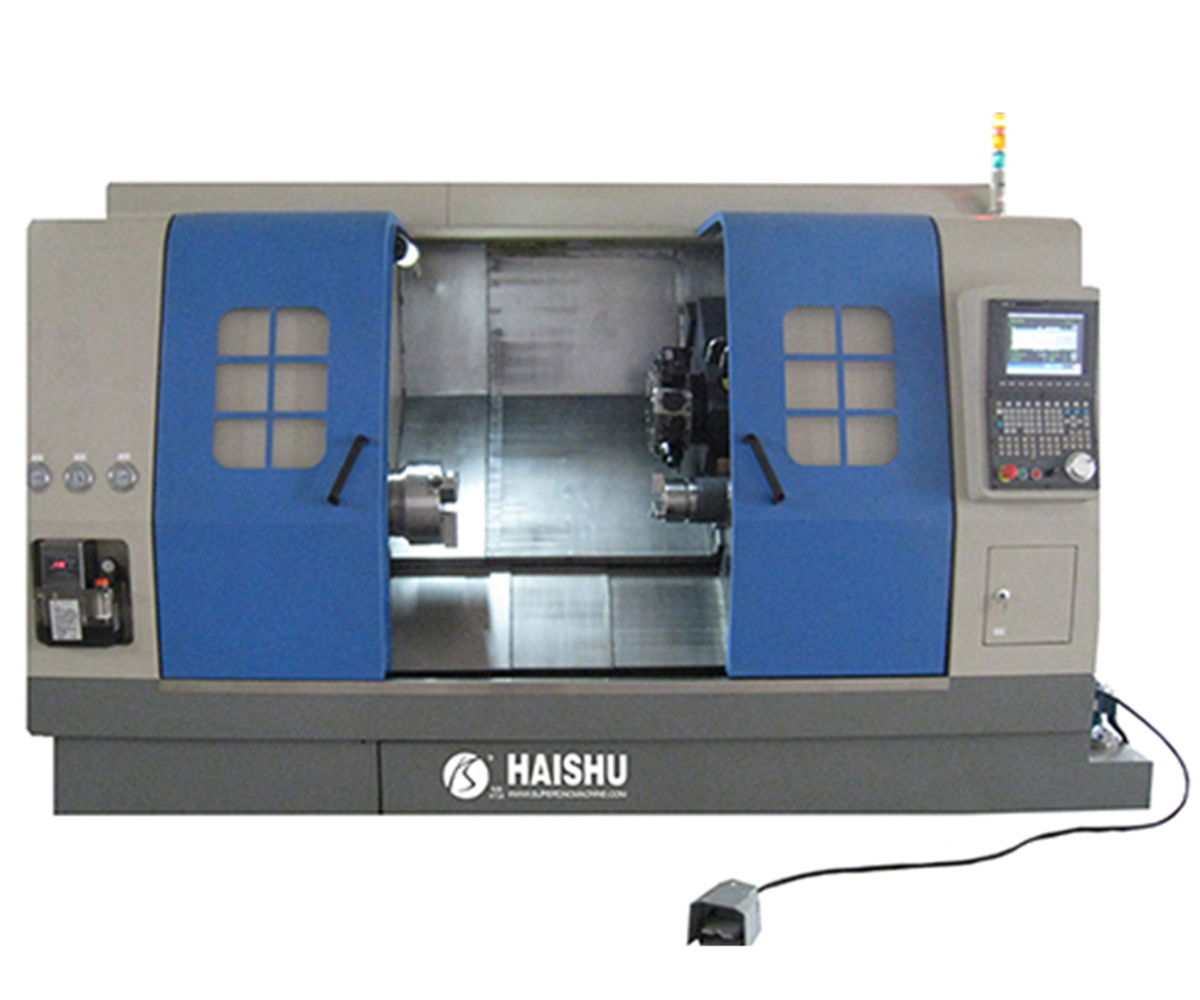
1.Performance Parameters
When selecting a turning center, performance parameters are a key consideration. Here are some important performance parameters:
Accuracy: The machining accuracy of the center directly affects the quality of products and the ability to control dimensions. Typically, machining accuracy is measured in millimeters (mm) or micrometers (μm). For example, a typical turning center can achieve a machining accuracy of ±0.01mm, ensuring high-precision processing of products.
Machining Range: Different turning centers have different machining ranges, including maximum machining diameter, maximum machining length, etc. For instance, a turning center can handle workpieces with a diameter of 300mm and a maximum machining length of 600mm, suitable for the machining requirements of large-sized components.
Spindle Speed and Feed Rate: Spindle speed and feed rate directly affect the machining efficiency and quality. Usually, spindle speed is measured in revolutions per minute (rpm), and feed rate is measured in millimeters per minute (mm/min). A turning center may have a spindle speed of up to 8000rpm and a feed rate adjustable within the range of 0-5000mm/min to meet the machining requirements of different workpieces.
Tool Magazine Capacity: Turning centers are typically equipped with a tool magazine to store different types and sizes of tools. The tool magazine capacity determines the number of tools that can be used simultaneously, thus affecting the flexibility and efficiency of machining. For example, a turning center may have a tool magazine capacity of 12 tool positions, allowing for convenient multi-cutting operations. Moreover, these 12 tool positions can also be used as power heads, capable of rotating independently.
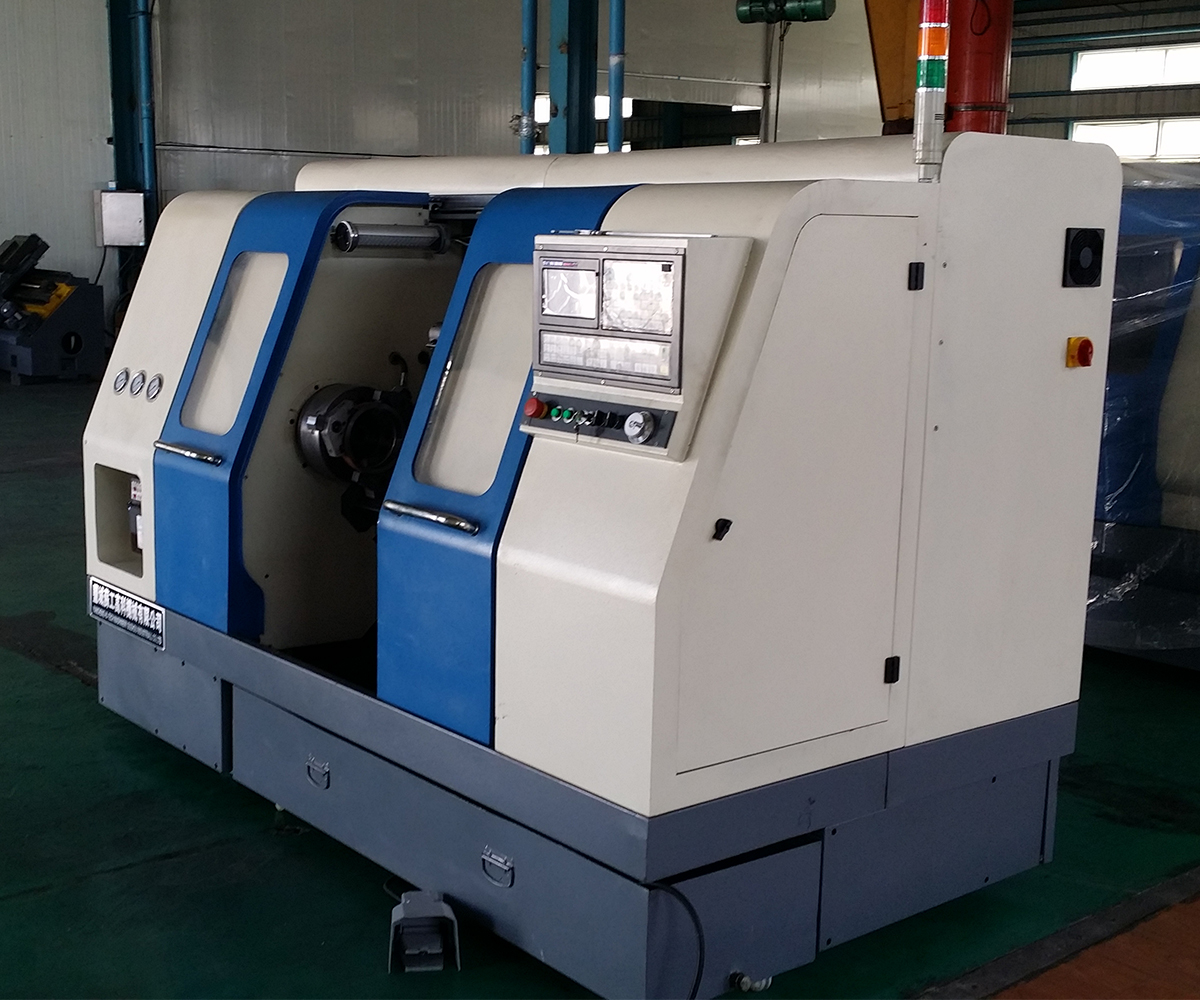
2. Reliability
Reliability is an important factor to consider when selecting a turning center. Here are several indicators to measure reliability:
Brand Reputation: Choosing turning centers from manufacturers with high visibility and a good brand reputation typically ensures more reliable equipment. These manufacturers often have extensive experience and excellent quality control systems. HAISHU, as a manufacturer that has been producing and selling turning centers for over 20 years, enjoys a good reputation among customers.
Equipment Lifespan: The equipment lifespan of a turning center is crucial for long-term investment by manufacturing companies. Understanding the equipment lifespan data provided by manufacturers and comparing it with other brands helps in selecting turning centers with longer lifespans. We use high-quality components and precision testing instruments to provide customers with long-lasting equipment.
Maintenance and Repair Services: Maintenance and repair services for turning centers are essential for normal operation and troubleshooting. Selecting manufacturers with a well-established after-sales service network and prompt response ensures the reliability and stability of the equipment. We have a professional sales and service team that provides maintenance and support for turning centers through various means, including email, video, phone, and on-site guidance.
Failure Rate and Repair Rate: Understanding the failure rate and repair records of turning centers can be obtained through data provided by manufacturers or by communicating with other users. Choosing turning centers with low failure rates and timely repairs helps reduce production downtime and maintenance costs. As HAISHU procures components directly from well-known brands, the aim is to minimize failures, extend machine usage time, and improve machining accuracy.
According to industry research data, the average failure rate of turning centers ranges from 2% to 5% per year, while some excellent brands can lower it to below 1%. Additionally, the manufacturer’s provided response time for repairs is a key indicator for assessing reliability. HAISHU turning centers offer a response time of within 24 hours, which means that prompt repair support can be obtained in the event of a breakdown, reducing production downtime.
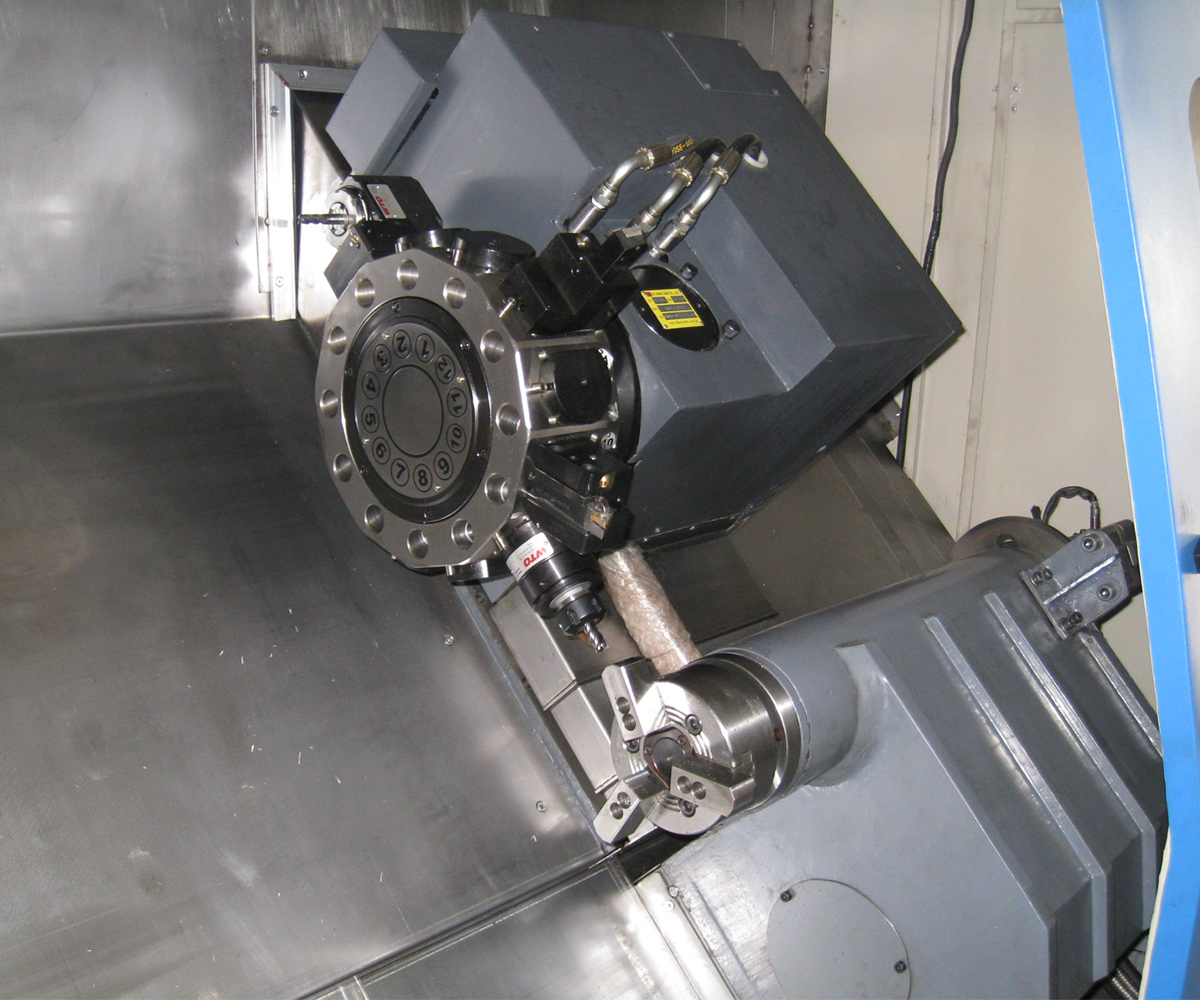
3. Technical Support
Strong technical support is essential when selecting a turning center. Here are several key elements:
Pre-sales Consultation: Pre-sales consultation services provided by manufacturers help users understand the features and performance of turning centers before purchasing. Based on actual needs, manufacturers can provide personalized solutions. Through communication and technical exchanges with manufacturers, users can better understand the applicability and advantages of the equipment.
Installation and Commissioning: Installation and commissioning services provided by manufacturers ensure that the turning center operates smoothly before being put into use. A professional technical team is responsible for equipment installation, calibration, and operational testing to ensure stable operation and provide training for operators.
After-sales Support: After-sales support services provided by manufacturers are crucial for the long-term operation and maintenance of the equipment. This includes troubleshooting, spare parts supply, remote technical support, and regular maintenance. Choosing a manufacturer that offers comprehensive after-sales support helps minimize equipment failures and downtime.
Technical Updates and Upgrades: The technology of turning centers is constantly evolving, and new features and improved performance can enhance production efficiency and product quality. Understanding whether manufacturers provide technical updates and upgrade services and evaluating their ability to add value to equipment performance and functionality is important.
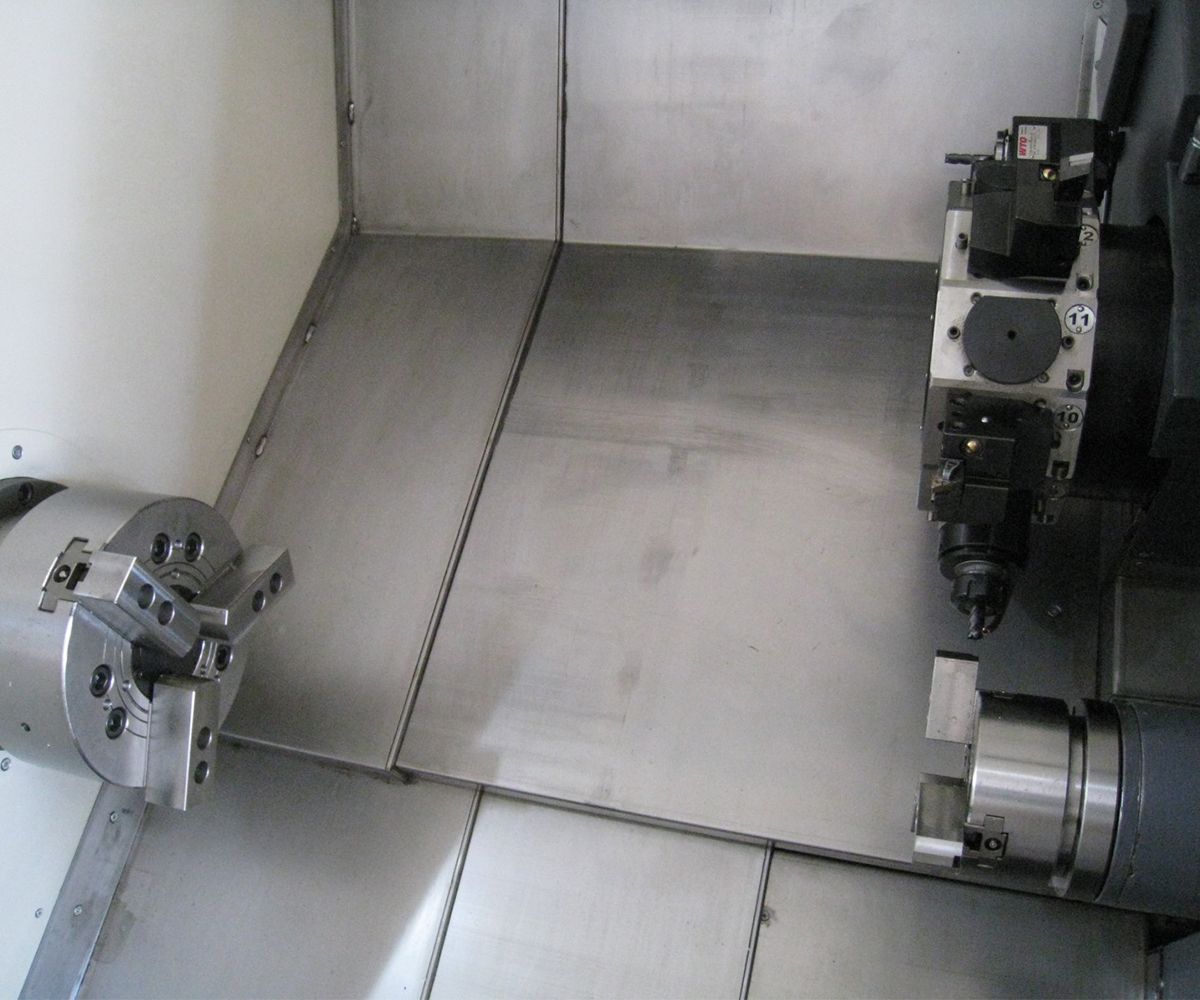
4. Cost-effectiveness
Cost-effectiveness is an important factor for businesses to consider when selecting a turning center. Here are several key considerations:
Equipment Price: There can be significant price differences among different brands and models of turning centers. Evaluate whether the equipment’s price matches its performance and quality, and compare it with other brands to obtain the best price-performance ratio.
Machining Efficiency: The machining efficiency of a turning center directly impacts production efficiency and capacity. Choosing a turning center with high speed, precision, and stability can improve production efficiency and reduce production costs.
Energy Consumption and Maintenance Costs: Energy consumption and maintenance costs of turning centers are also factors to consider. Selecting equipment with low energy consumption and reasonable maintenance costs can lower production and operational costs.
Return on Investment (ROI): Evaluating the return on investment of a turning center is a comprehensive consideration. By calculating the expected output, cost savings, and increased production capacity, the ROI can be assessed. Choosing a turning center with a higher ROI can maximize the economic benefits for the enterprise.
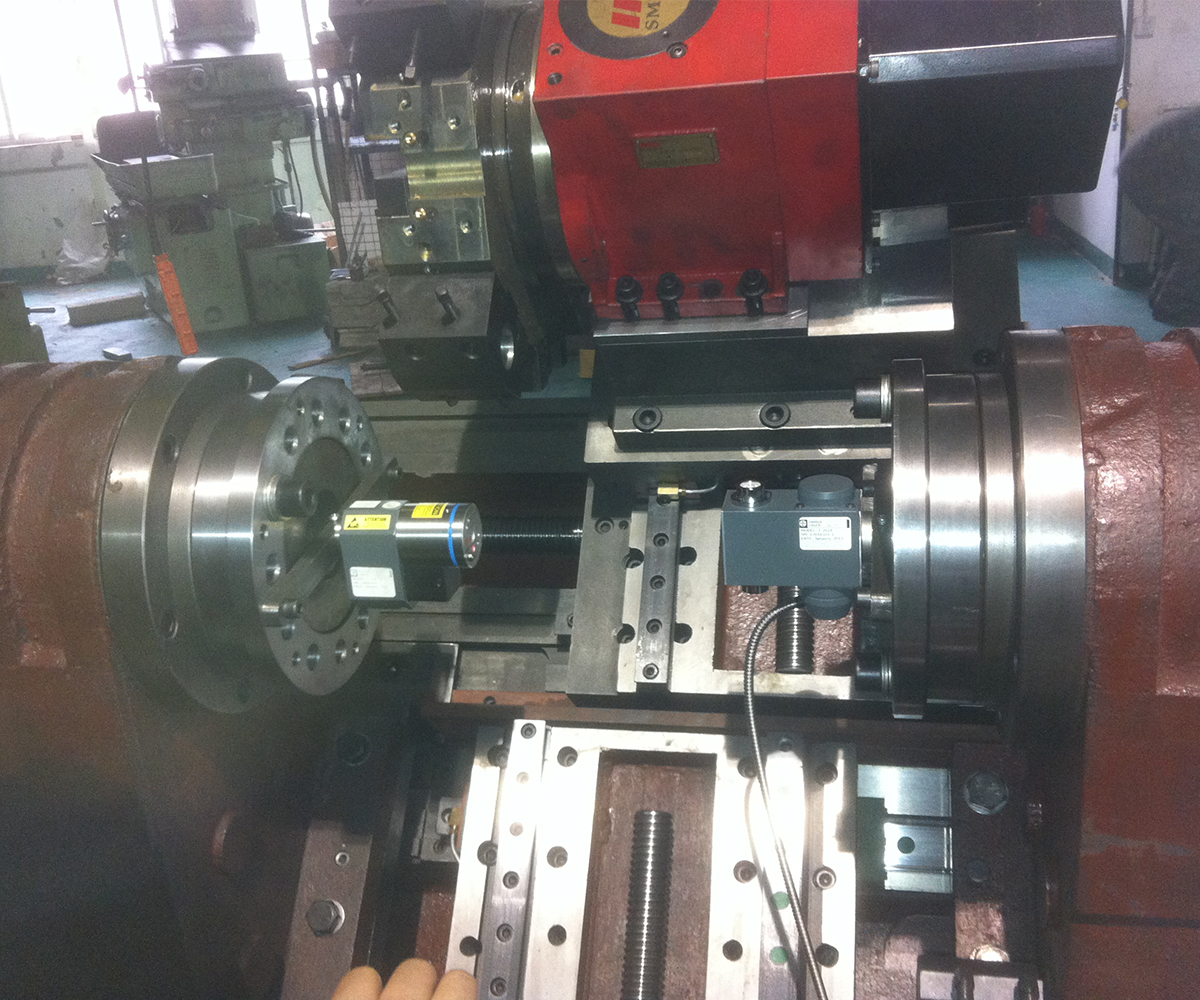
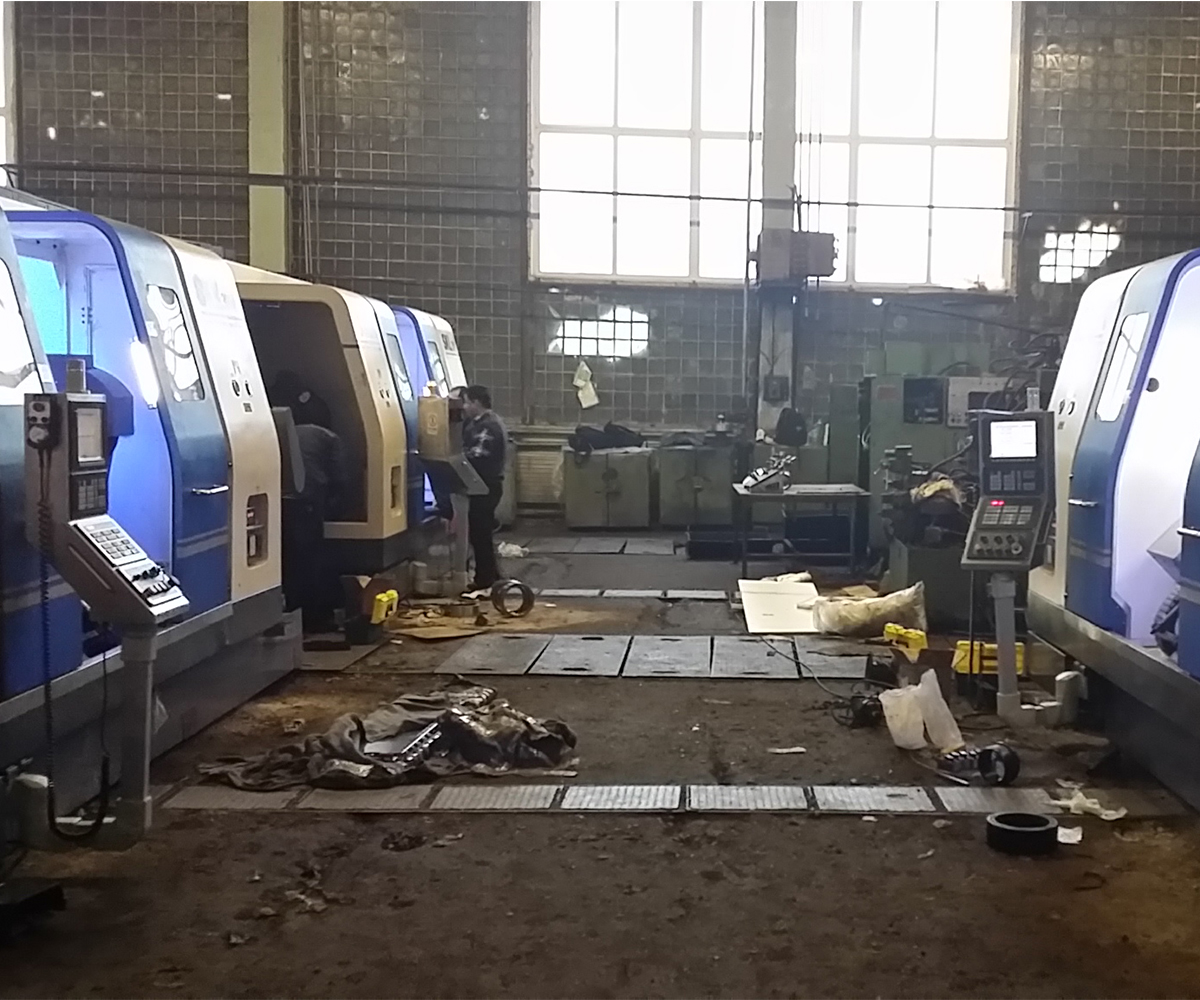
5. Conclusion
Choosing the right turning center is an important decision in modern manufacturing, requiring a comprehensive consideration of factors such as performance parameters, reliability, technical support, and cost-effectiveness. By understanding the performance parameters such as accuracy, machining range, spindle speed, and feed rate of the turning center, its ability to meet the needs of the enterprise can be determined. At the same time, selecting manufacturers with a good brand reputation, longer equipment lifespan, and high-quality after-sales service can enhance the reliability and stability of the equipment. Strong technical support, including pre-sales consultation, installation and commissioning, and after-sales support, can help users achieve smooth operation and efficient maintenance of the equipment. Additionally, evaluating the cost-effectiveness of the turning center, including equipment price, machining efficiency, energy consumption, and maintenance costs, ensures the maximization of return on investment.
In conclusion, choosing the right turning center is a complex and important task. By comprehensively considering performance parameters, reliability, technical support, and cost-effectiveness, businesses can make informed decisions to improve production efficiency, machining quality, and economic benefits. As a smart choice for modern manufacturing, turning centers bring greater competitive advantages and development opportunities for enterprises.
